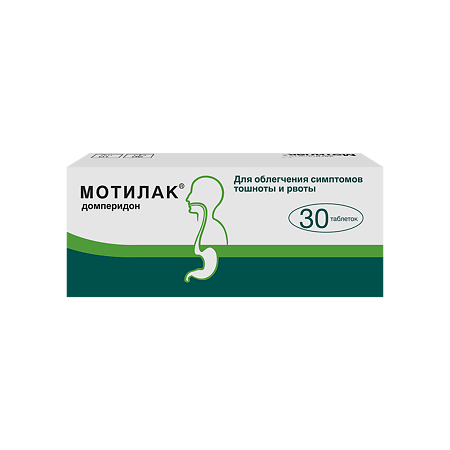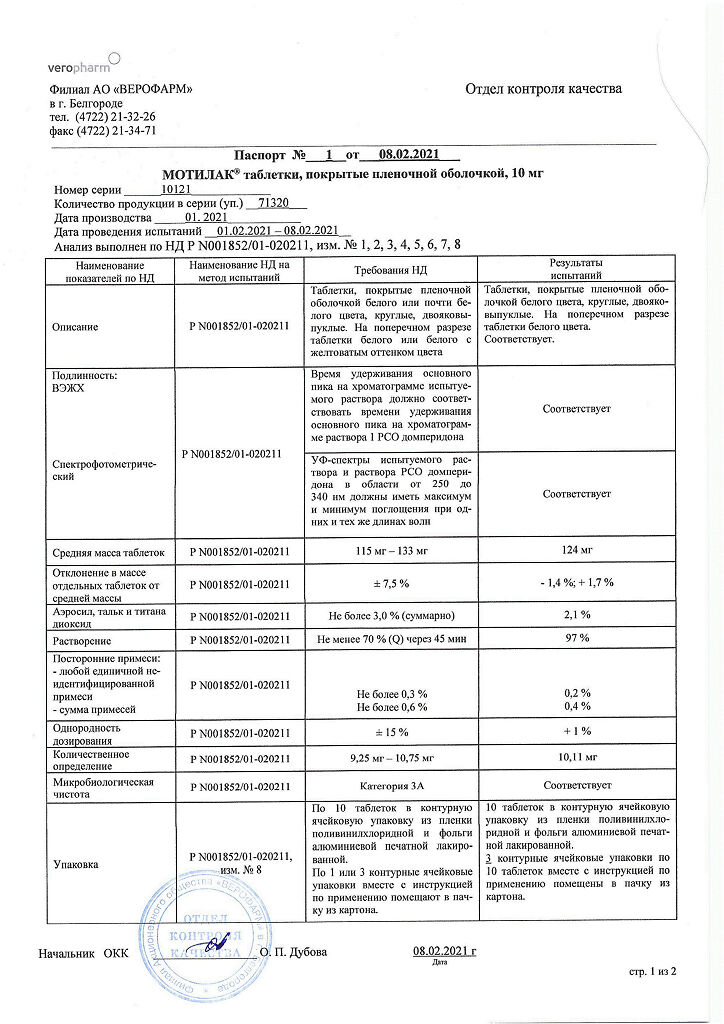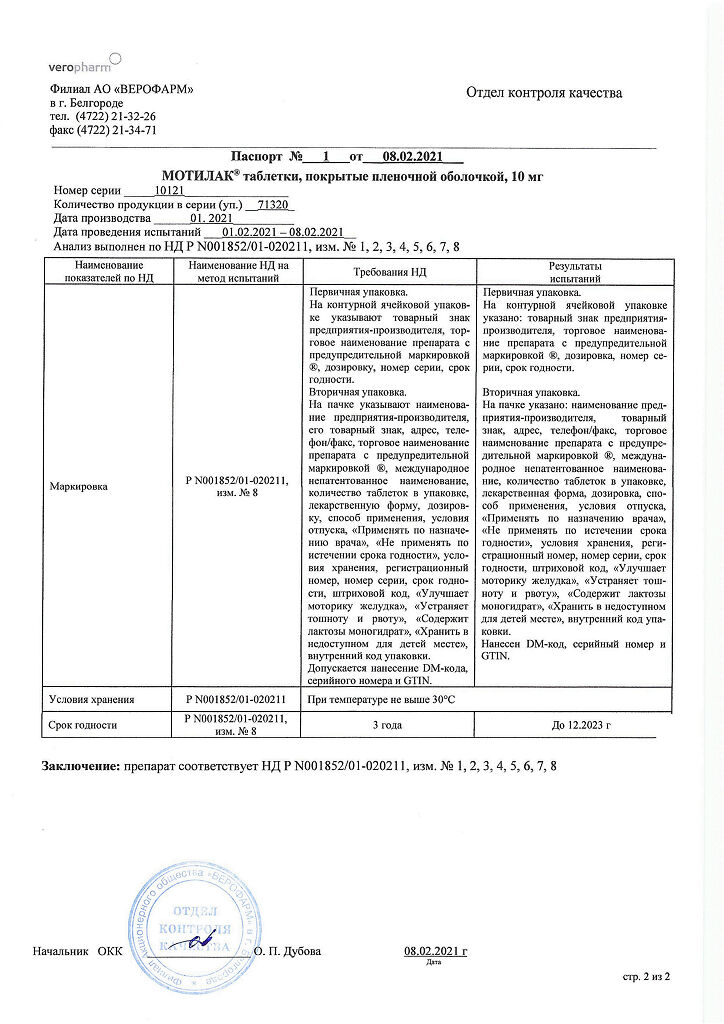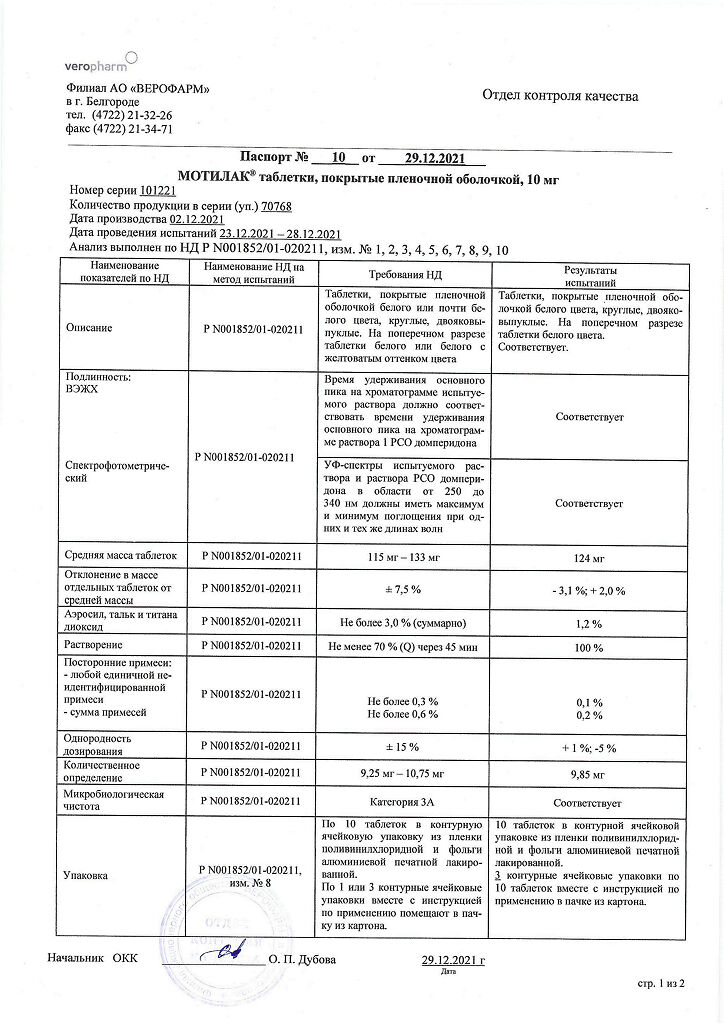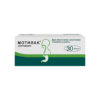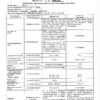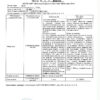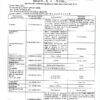No products in the cart.
Motilac, 10 mg 30 pcs.
€12.82 €10.68
Description
Motilac is an antiemetic.
Prokinetic. It increases duration of peristaltic contractions of the antral part of the stomach and duodenum, improves stomach function by accelerating its emptying if this process is slowed down, increases tone of the lower esophageal sphincter, eliminates development of nausea and vomiting.
Domperidone poorly penetrates through the GEB, so the use of domperidone is rarely accompanied by extrapyramidal side effects, especially in adults, but domperidone stimulates prolactin release from the pituitary gland. Its antiemetic effect is probably due to a combination of peripheral (gastrokinetic) action and antagonism to dopamine receptors in the chemoreceptor trigger zone. Domperidone has no effect on gastric secretion.
Pharmacokinetics
Absorption
After oral administration it is rapidly absorbed from the GI tract. It has low bioavailability (about 15%). Decreased acidity of gastric contents decreases absorption of domperidone.Cmax in plasma is reached after 1 hour.
Distribution
Domperidone is widely distributed in tissues, its concentration is low in brain tissues. Binding to plasma proteins is 91-93%.
Metabolism
It is subjected to intensive metabolism in the intestinal wall and the liver.
Extracted
Extracted through the intestine (66%) and the kidneys (33%), unchanged, respectively, 10 and 1% of the dose value. T1/2 is 7-9 h (in severe renal failure it is prolonged).
Indications
Indications
A complex of dyspeptic symptoms, often associated with delayed gastric emptying, gastroesophageal reflux, esophagitis;
a feeling of fullness in the epigastrium, a feeling of bloating, pain in the upper abdomen;
belching, flatulence;
heartburn with or without reflux of stomach contents into the oral cavity.
Nausea and vomiting of functional, organic, infectious origin, caused by radiotherapy, drug therapy or diet disorders.
A specific indication is nausea and vomiting caused by dopamine agonists when used in Parkinson’s disease (such as L-dopa and bromocriptine).
Pharmacological effect
Pharmacological effect
Motilak is an antiemetic.
Prokinetic. Increases the duration of peristaltic contractions of the antrum of the stomach and duodenum, improves the functioning of the stomach, accelerating its emptying if this process slows down, increases the tone of the lower esophageal sphincter, and eliminates the development of nausea and vomiting.
Domperidone does not penetrate the blood-brain barrier well, so the use of domperidone is rarely accompanied by extrapyramidal side effects, especially in adults, but domperidone stimulates the release of prolactin from the pituitary gland. Its antiemetic effect may be due to a combination of peripheral (gastrokinetic) action and antagonism of dopamine receptors in the chemoreceptor trigger zone. Domperidone has no effect on gastric secretion.
Pharmacokinetics
Suction
After oral administration, it is quickly absorbed from the gastrointestinal tract. It has low bioavailability (about 15%). Reduced acidity of gastric contents reduces the absorption of domperidone. Cmax in plasma is achieved after 1 hour.
Distribution
Domperidone is widely distributed in tissues; its concentration in brain tissue is low. Plasma protein binding is 91–93%.
Metabolism
Subject to intensive metabolism in the intestinal wall and liver.
Removal
Excreted through the intestines (66%) and kidneys (33%), unchanged, 10 and 1% of the dose, respectively. T1/2 – 7–9 hours (with severe renal failure it is prolonged).
Special instructions
Special instructions
When using Motilac in combination with antacid or antisecretory drugs, the latter should be taken after meals and not before meals, i.e. they should not be taken at the same time as Motilac.
Active ingredient
Active ingredient
Domperidone
Composition
Composition
1 tablet contains:
Active substance:
domperidone 10 mg;
Excipients:
potato starch;
lactose;
MCC;
Aerosil;
polyvinylpyrrolidone;
magnesium stearate;
sodium carboxymethyl starch;
hydroxypropylcellulose;
twin 80;
titanium dioxide;
colloidal silicon dioxide.
Pregnancy
Pregnancy
When administered to animals in doses up to 160 mg/kg/day, it has no teratogenic effect.
Use in the first trimester of pregnancy is possible if the expected effect of therapy exceeds the potential risk to the fetus. There is currently no evidence of an increased risk of developmental defects in humans.
In women, concentrations of domperidone in breast milk are 4 times lower than the corresponding concentrations in plasma. It is unknown whether this level has a negative effect on newborns.
Therefore, if the mother is taking Motilac, breastfeeding is not recommended unless the expected benefit justifies the potential risk.
Contraindications
Contraindications
Motilak is contraindicated in patients with established intolerance to the drug.
Motilak should not be used when stimulation of the motor function of the stomach can be dangerous, i.e. with gastrointestinal bleeding, mechanical obstruction or perforation.
Motilak is also contraindicated in patients with a prolactin-secreting tumor of the pituitary gland (prolactinoma).
Side Effects
Side Effects
Side effects are rare. Exceptional cases of transient intestinal cramps have been reported.
Extrapyramidal effects are rarely observed in children and are an exception in adults. These phenomena are completely reversible and disappear spontaneously after cessation of treatment.
Since the pituitary gland is located outside the BBB, Motilac can induce an increase in plasma prolactin levels. In rare cases, this hyperprolactinemia can stimulate the appearance of galactorrhea and gynecomastia.
Rare allergic reactions such as rash and hives have been reported.
Interaction
Interaction
Anticholinergic drugs neutralize the effect, antacid and antisecretory drugs reduce bioavailability, inhibitors of the cytochrome P450 CYP3A4 isoenzyme (azole antifungals, macrolide antibiotics, HIV protease inhibitors, nefazodone) increase plasma levels.
It is possible that concomitantly used drugs with sustained release of the active substance may have an effect on absorption.
Domperidone does not affect the level of paracetamol and digoxin in the blood.
Overdose
Overdose
Symptoms: drowsiness, disorientation, extrapyramidal reactions (mainly in children).
Treatment: in case of overdose, the use of activated carbon and careful observation are recommended. Anticholinergics, drugs used to treat parkinsonism, or antihistamines may be effective when extrapyramidal reactions occur.
Storage conditions
Storage conditions
In a dry place, protected from light, at a temperature not exceeding 25 °C
Shelf life
Shelf life
2 years
Manufacturer
Manufacturer
Veropharm LLC, Russia
Additional information
| Shelf life | 2 years |
|---|---|
| Conditions of storage | In a dry, light-protected place at a temperature not exceeding 25 °C |
| Manufacturer | Veropharm AO, Russia |
| Medication form | pills |
| Brand | Veropharm AO |
Related products
Buy Motilac, 10 mg 30 pcs. with delivery to USA, UK, Europe and over 120 other countries.

